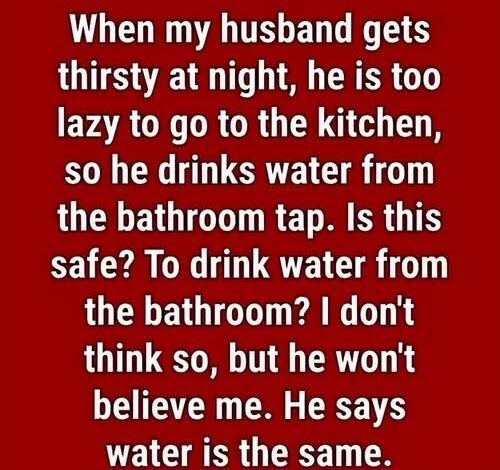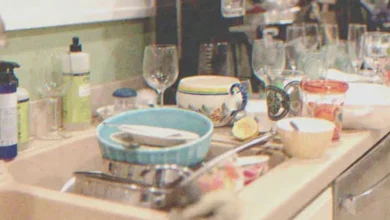Can You Really Drink Bathroom Water? What You Should Know

Ever stood at your bathroom sink and wondered, “Is this water even safe to drink?” You’re definitely not alone. Bathroom tap water feels different, even though in most modern homes, it comes from the exact same source as the kitchen tap. Both are supplied by the municipal system and treated the same way before reaching your pipes.
If your home has updated plumbing, bathroom water is generally safe.
But older homes? That’s where things get tricky.
Houses built before 1986 may still have lead pipes or aging plumbing materials that can affect water quality — especially water that sits overnight. A quick home test kit can tell you exactly what’s in your water.
Even with safe plumbing, bathroom water can taste metallic or stale simply because those pipes are used less often. Plus, most people only filter their kitchen water, so the bathroom faucet misses that extra purification.
And let’s clear up a common myth:
No — your bathroom sink and toilet don’t share water. Toilets refill with the same clean tap water used throughout your home.
The real issue? The environment. Bathroom sinks collect toothpaste, soap residue, hair, and bacteria. Drinking water is fine — just avoid cups or bottles sitting near dirty surfaces.
Bottom line: If your plumbing is modern and the water looks normal, bathroom tap water is safe occasionally. But for everyday drinking, stick to the kitchen tap or a clean water bottle for the freshest taste.




